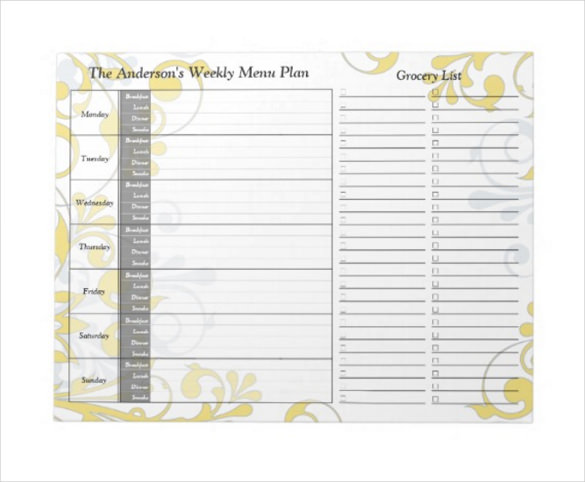

- #Yellow notepad on mac update#
- #Yellow notepad on mac full#
- #Yellow notepad on mac password#
- #Yellow notepad on mac Pc#
Well, nice try, but it doesn't explain a lot of things. They are listed in the User Interface Guidelines, but it is up to the developer to implement the features to comply with the UIGs. A Document editor will likely not close the app as it is much faster (with very little resource overhead) to keep the app open waiting until the user begins a new document.Īlso realize that these are not System defined behaviors. In accordance with the user interface guidelines, if the App has no reason to stay open without a document window, the app can close if the last document window is closed. The Close button closes the document window. I think the observation of the red button is correct if an app has one window it quits, if it has multiple windows the window closes but the app stays open. I can't defend iTunes and the debacle that is it's Zoom button.

#Yellow notepad on mac full#
Mail is similar in that there are no line breaks in a message, so the smallest size is the full screen. If you tell TE to wrap to page, the zoom width will be only page width, not full screen. So, if you Zoom to the content state, the window will fill the screen. A line of text will stretch across the entire screen. The Zoom button toggles between a user state and the smallest size which will hold all of the content of the window. But, you have to understand the concept and what is being displayed. In iTunes 10, the green button is gray.Įxcept for iTunes, it is consistent. In iTunes 9 and earlier, it will change the window mode. In TextEdit, Mail, and others, it will maximize to full screen. In Safari and others, it will resize to content. Tap any additional notebook(s) that you want to open, and then navigate to its sections or pages.The green resizes the window to and from the minimum size the program thinks it needs to beĪpple has no consistent rule for the green button it isn't worth trying to figure it out. In Microsoft OneNote on your iPad or iPhone, tap More Notebooks at the bottom of your notebooks list.
#Yellow notepad on mac Pc#
Step 2: Open notebooks from your Mac or PC on your iPad or iPhone

Now that you’ve authenticated your access to the OneDrive account that you use on your Mac or PC, you can open the notebooks on it.
#Yellow notepad on mac password#
On the next screen, enter the password of the OneDrive account that you use for the OneNote notebooks on your Mac or PC, and then tap Sign in. Under Connect a Cloud Service, tap OneDrive.Įnter the email address of the OneDrive account that you use for the OneNote notebooks on your Mac or PC, and then tap Next. Under Connected Services, tap + Add a Service. (If you’re currently signed out of all accounts, tap Sign In.) Under Account, tap the currently selected account. On an iPad, tap the gear icon in the upper right corner. In Microsoft OneNote, go to Settings on your device:

Step 1: Add your Mac or PC's OneDrive account to your iPad or iPhone If you’re currently using a different OneDrive account on your iPad or iPhone than the one you use on your Mac or PC, you can sign into your Mac or PC notebooks by doing the following: Open Mac or PC notebooks (different OneDrive accounts)
#Yellow notepad on mac update#
To sync such notebooks across your devices, you must first upgrade your Windows PC to OneNote 2016, update your notebooks to the newer notebook format, and then move your local notebooks to OneDrive. However, notebooks originally created in versions earlier than OneNote 2010 for Windows will not sync with OneNote on your iPad or iPhone. Note: You can use the preceding step to open any notebooks on your iPad or iPhone that were created with OneNote for Windows.


 0 kommentar(er)
0 kommentar(er)
